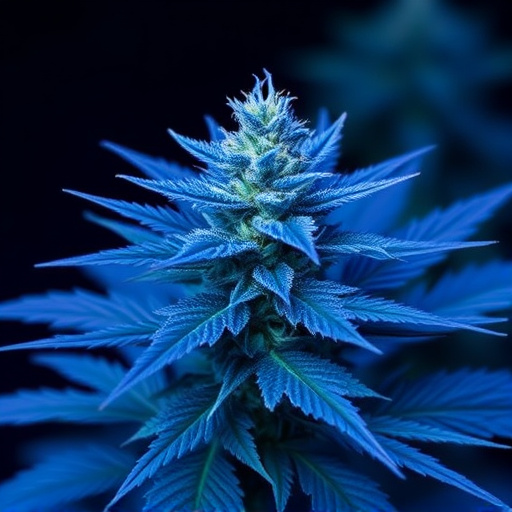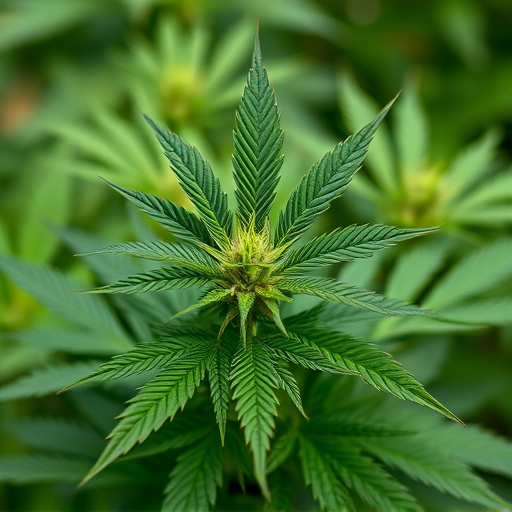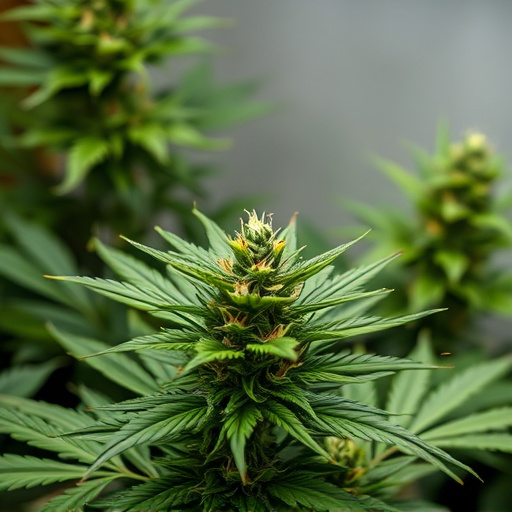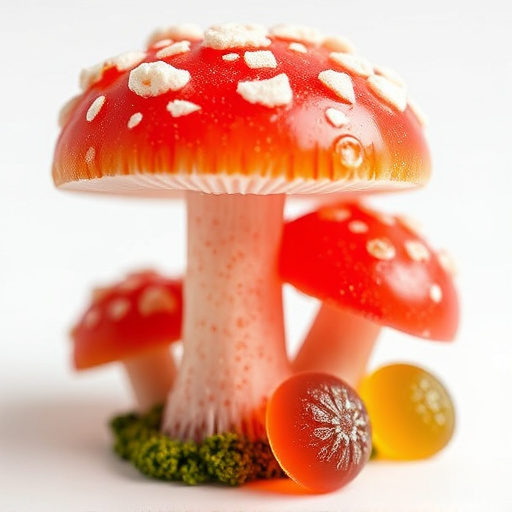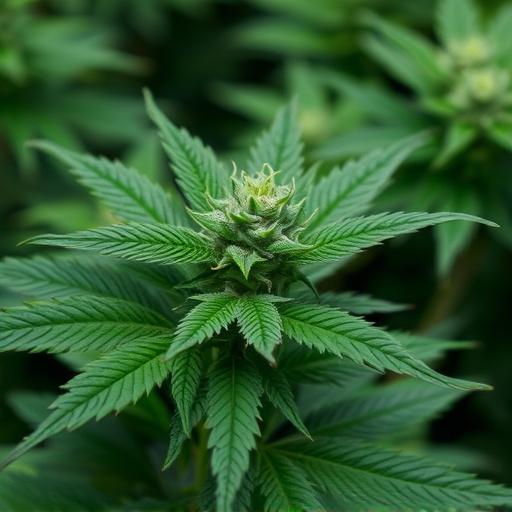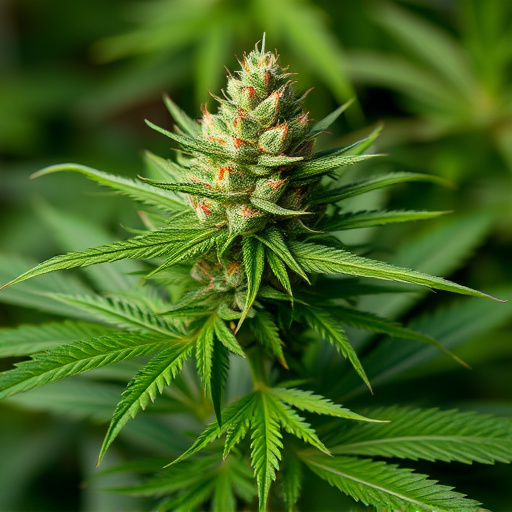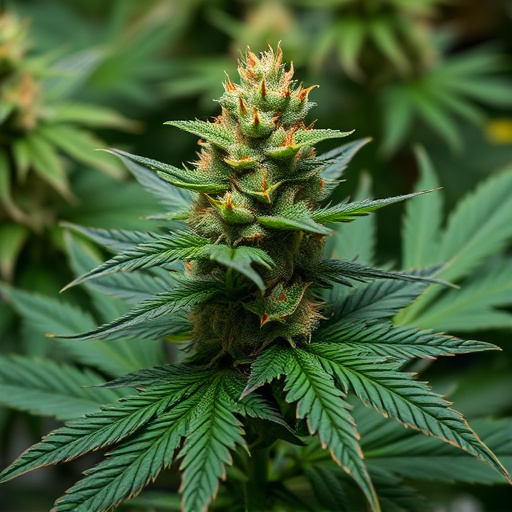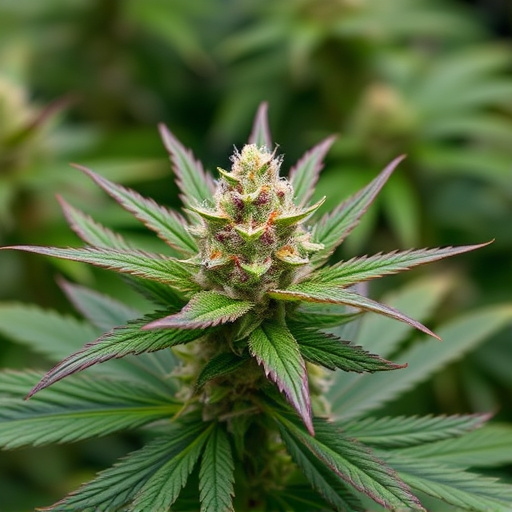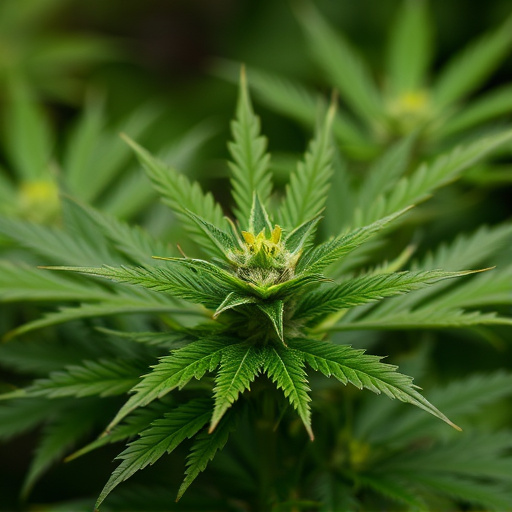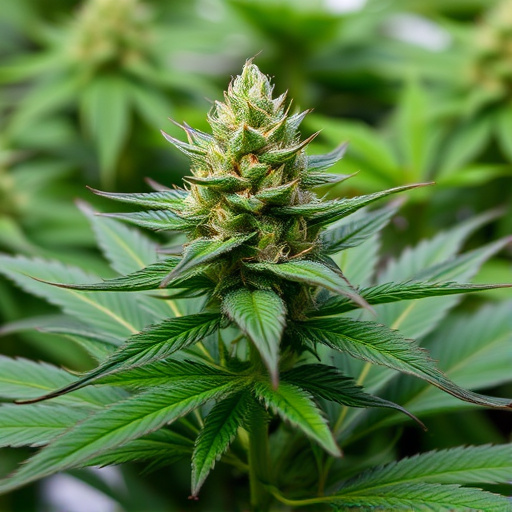Post-traumatic stress disorder (PTSD) sufferers may find relief through specific high-CBD, low-THC cannabis strains like Granddaddy Purple and ACDC. These strains interact with the endocannabinoid system to reduce anxiety and flashbacks. Dosage and consumption methods, such as vaporizers, edibles, or topical creams, are crucial for personalized treatment. Consulting healthcare professionals ensures optimal results when using cannabis for PTSD management.
In the ongoing search for effective PTSD treatment, cannabis has emerged as a promising option due to its potential symptom relief. This article delves into the world of medical cannabis, specifically exploring how different strains can aid in managing PTSD symptoms. We’ll examine various cannabis strains known for their calming and therapeutic effects, offer insights on dosage and consumption methods, and provide patient considerations for those looking to harness the power of cannabis for PTSD management.
- Understanding PTSD and its Symptom Relief Potential with Cannabis
- Exploring Specific Cannabis Strains for PTSD Management
- Dosage, Consumption Methods, and Patient Considerations for Effective PTSD Treatment with Cannabis
Understanding PTSD and its Symptom Relief Potential with Cannabis
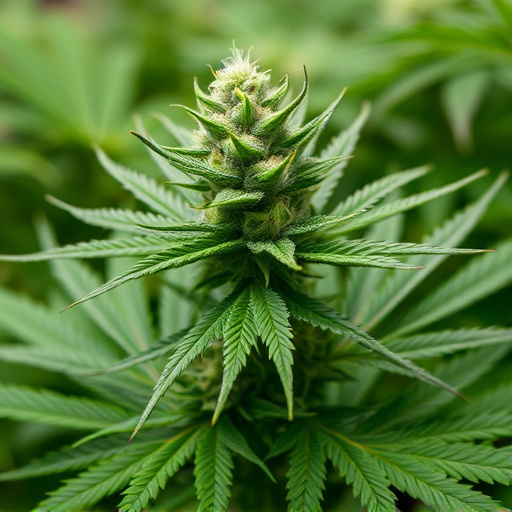
Post-traumatic stress disorder (PTSD) is a complex mental health condition that can significantly impact an individual’s daily life, causing symptoms such as flashbacks, nightmares, and severe anxiety. The unique neurochemical composition of cannabis has led many to explore its potential in alleviating these symptoms. Research suggests that specific cannabis strains with high levels of certain cannabinoids may offer substantial relief for PTSD sufferers.
Cannabis strains known for their high CBD (cannabidiol) content have shown promise in treating PTSD. CBD is non-psychoactive, meaning it doesn’t induce the ‘high’ associated with marijuana, making it a safer option for medicinal use. Studies have indicated that CBD may help reduce anxiety and flashbacks, two of the most debilitating symptoms of PTSD. Certain strains like Granddaddy Purple or ACDC are renowned for their high CBD content and potential therapeutic effects on mental health conditions.
Exploring Specific Cannabis Strains for PTSD Management
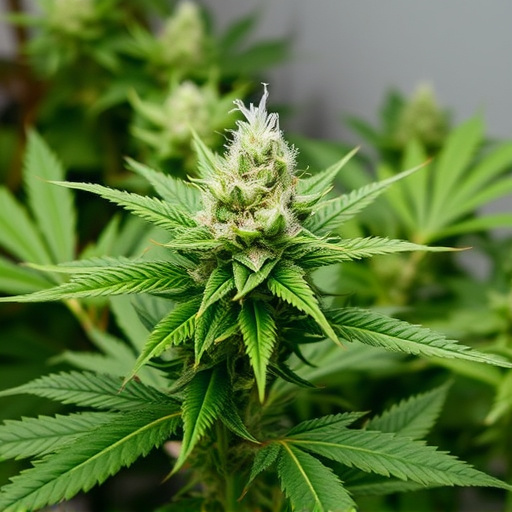
Cannabis has gained attention as a potential treatment option for Post-Traumatic Stress Disorder (PTSD) due to its unique chemical composition and therapeutic effects. Exploring specific cannabis strains for PTSD management involves understanding the plant’s various compounds, particularly cannabidiol (CBD) and tetrahydrocannabinol (THC).
Research suggests that high-CBD, low-THC strains may be particularly beneficial for individuals with PTSD as they can offer anti-anxiety and calming effects without the potent psychotropic properties of THC. These strains are believed to interact with the endocannabinoid system in a way that promotes relaxation and reduces flashbacks or re-experiencing symptoms commonly associated with PTSD. Different cannabis strains have varying levels of these compounds, so selecting the right one requires careful consideration based on individual tolerance, preferences, and specific symptoms.
Dosage, Consumption Methods, and Patient Considerations for Effective PTSD Treatment with Cannabis
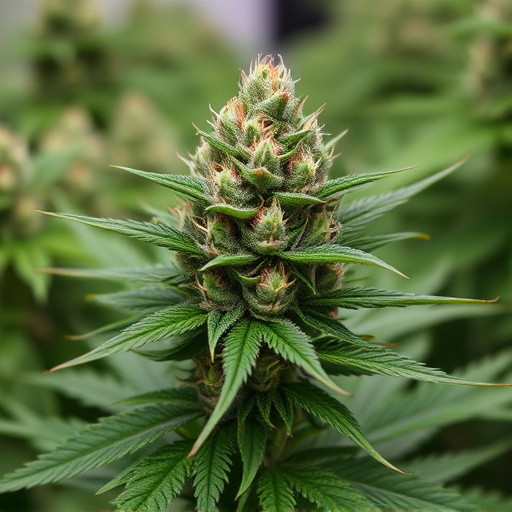
When using cannabis for Post-Traumatic Stress Disorder (PTSD) treatment, dosage and consumption methods play crucial roles in ensuring effectiveness. Start with low doses to avoid potential side effects, gradually increasing until symptom relief is achieved. Cannabis strains known for their high CBD content or specific terpene profiles, such as Chamanga or Granddaddy Purple, are often recommended due to their potential anti-anxiety and calming properties.
Consumption methods vary, offering flexibility to patients. Inhaling through vaporizers allows for rapid effect delivery, while edibles provide a longer-lasting impact. Topical creams or tinctures are also viable options, especially for localized treatments. Patient considerations include personal preferences, tolerance levels, and potential interactions with other medications. Consulting healthcare professionals is essential to tailor cannabis strains and dosages to individual PTSD symptoms and overall health.
When it comes to using cannabis to manage PTSD symptoms, understanding specific strains and their unique properties is key. Through proper dosage adjustments and selecting suitable consumption methods, individuals can effectively alleviate PTSD-related discomfort. Remember that everyone’s experience with cannabis is different, so patient considerations and tailored treatment plans are essential for optimal results when utilizing cannabis strains for PTSD.

